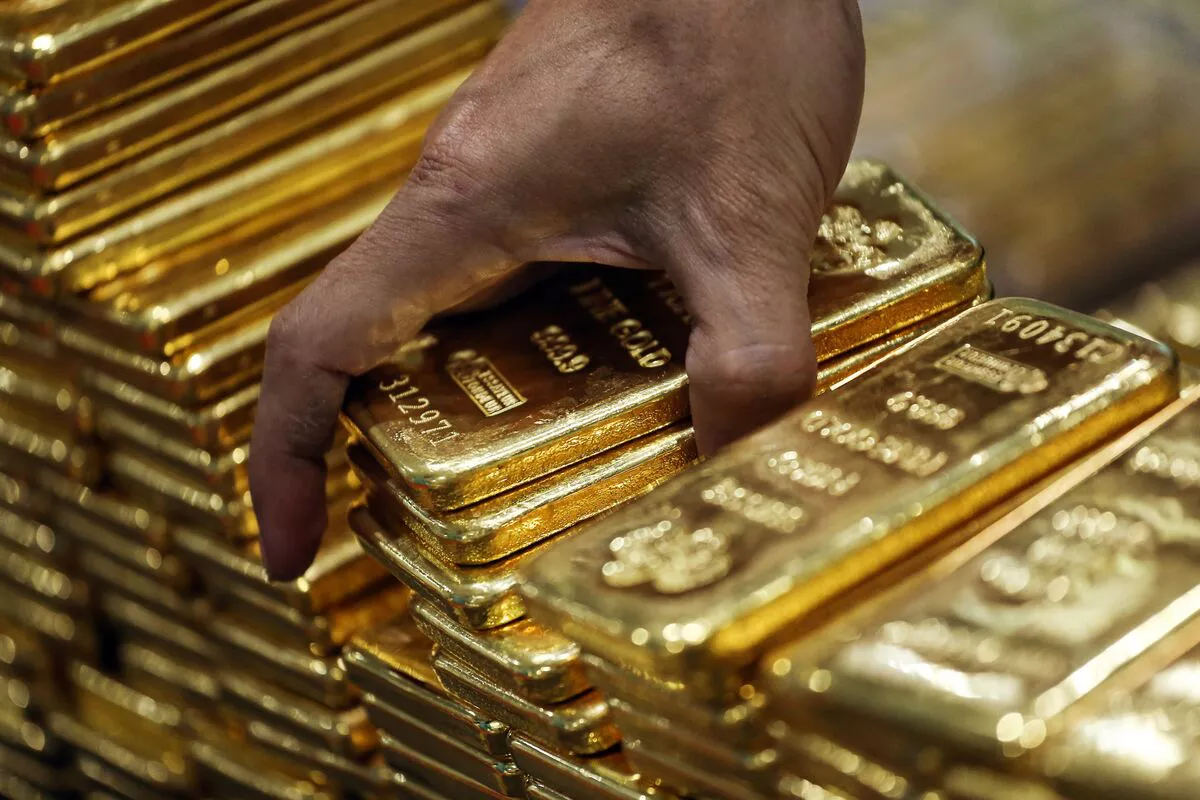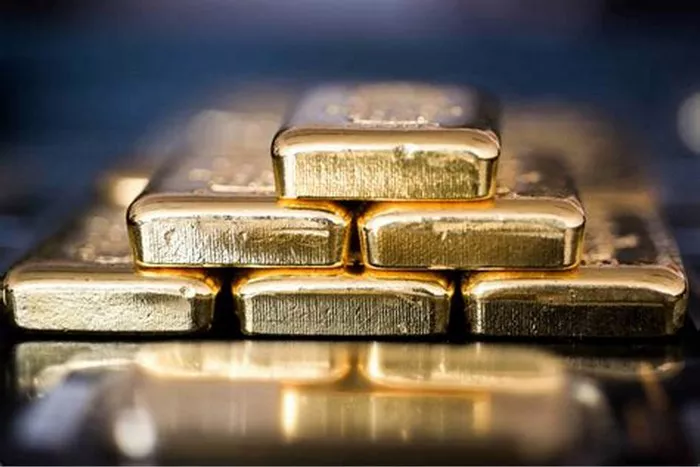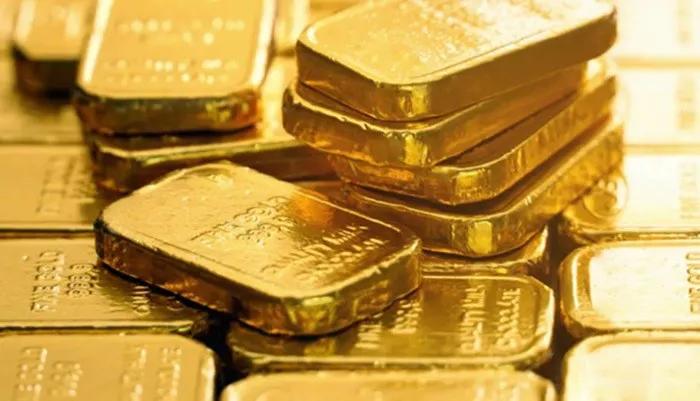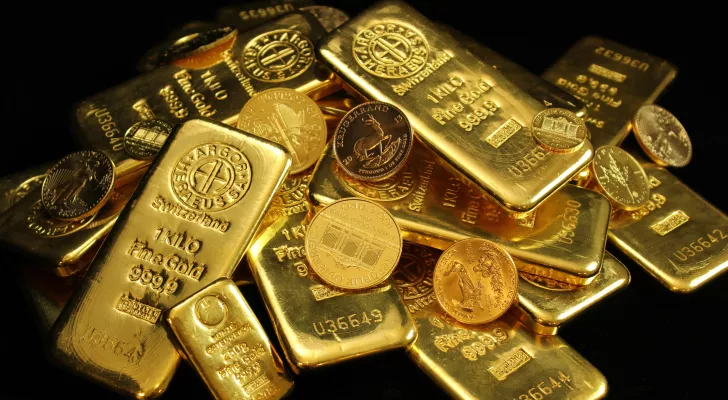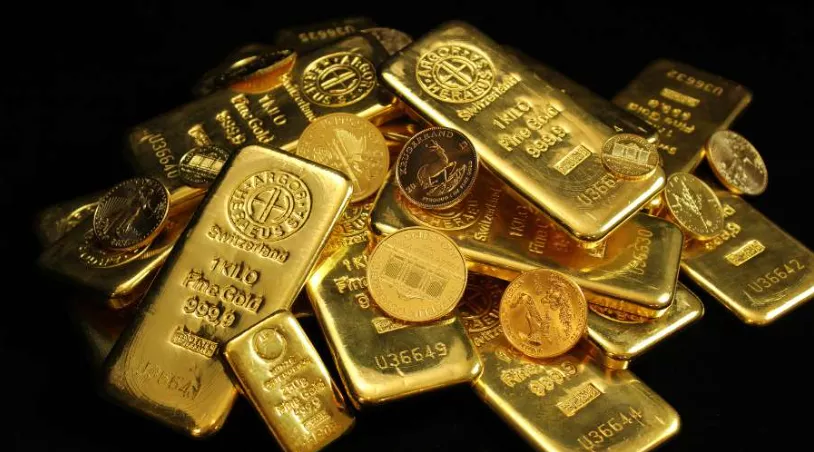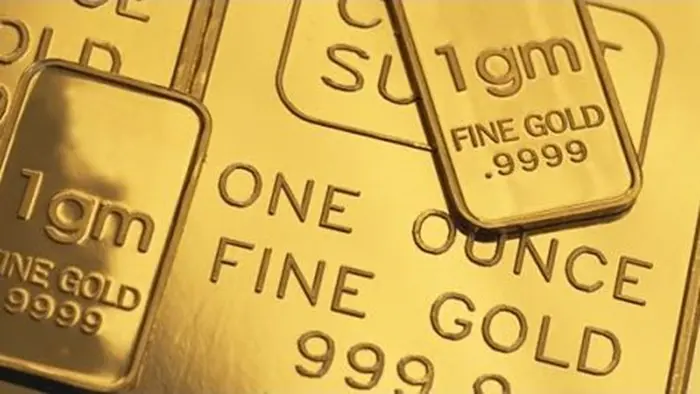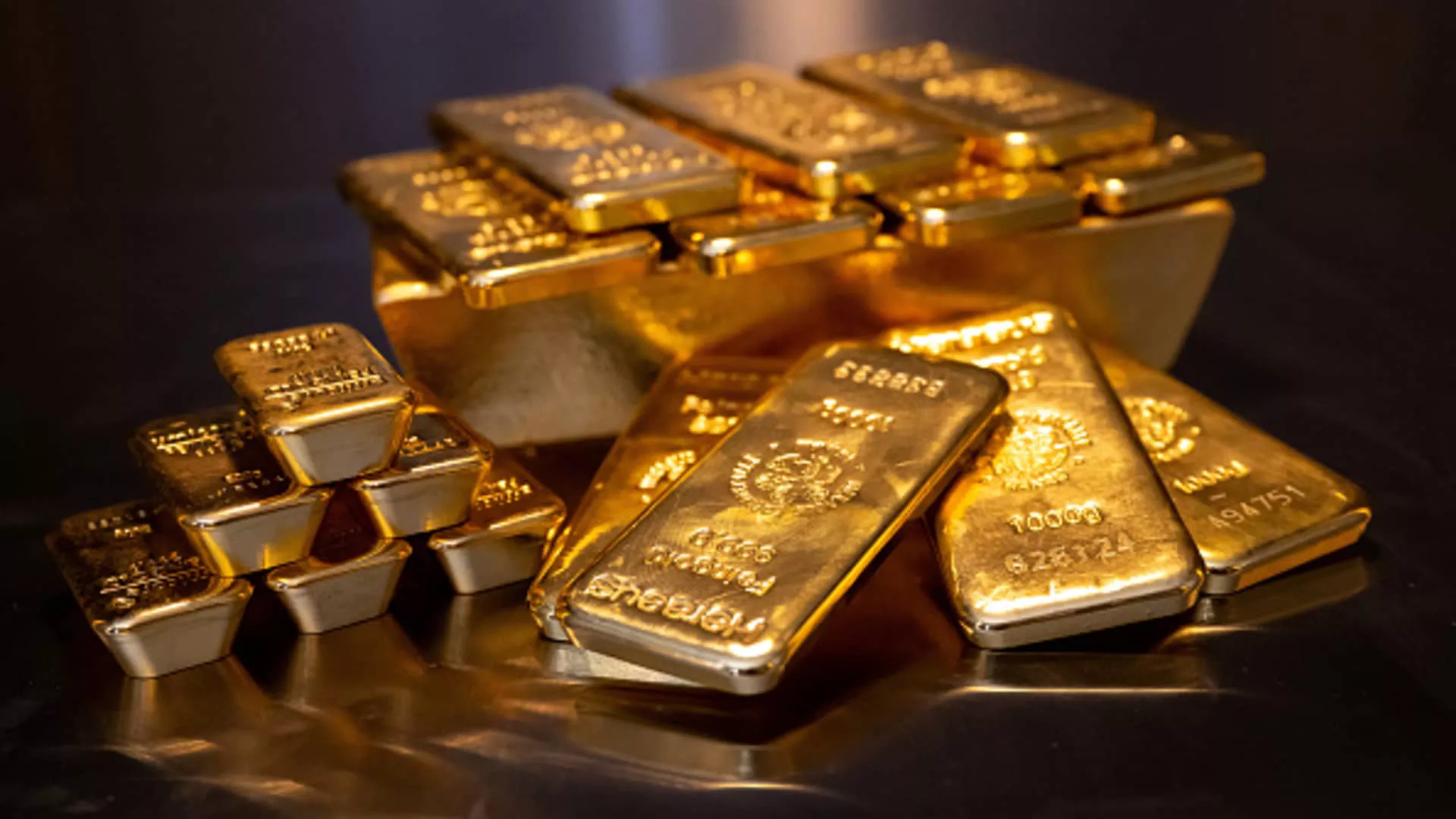Platinum and gold are both precious metals with significant industrial and investment value. Despite their similarities, platinum is often cheaper than gold. This price discrepancy can be attributed to various factors, including supply and demand dynamics, market perceptions, and industrial uses. This article delves into why platinum is cheaper than gold, exploring the underlying factors that contribute to this price difference.
Understanding Gold and Platinum
Properties of Gold
Gold has been valued for thousands of years for its rarity, beauty, and unique properties. It is highly resistant to corrosion, does not tarnish, and is highly malleable, making it ideal for various applications including jewelry, electronics, and as a store of value.
Properties of Platinum
Platinum is a dense, malleable metal known for its resistance to corrosion and its high melting point. It is widely used in industrial applications, including catalytic converters in vehicles and various chemical processes. Despite its similar appearance and properties to gold, platinum is less well-known and less historically entrenched in human culture.
Supply and Demand Dynamics
Gold Supply and Demand
Gold has a long history as a valuable asset. Its supply is influenced by mining production and recycling, with the majority of gold coming from a few large mines. The demand for gold spans various sectors:
Jewelry: A significant portion of gold demand comes from the jewelry industry, where it is used to create high-value pieces.
Investments: Gold is widely used as an investment vehicle, including in the form of gold bars, coins, and ETFs.
Industry: Gold is used in electronics and other industrial applications due to its conductivity and resistance to corrosion.
Gold’s established role as a safe haven asset contributes to its high demand, especially during economic uncertainty.
Platinum Supply and Demand
Platinum’s supply is more limited compared to gold. The primary sources of platinum are South Africa and Russia, with smaller amounts coming from other regions. The demand for platinum comes from several key industries:
Automotive: Platinum is crucial for catalytic converters, which help reduce harmful emissions from vehicles.
Industrial Applications: Platinum is used in various chemical processes and as a catalyst in different industries.
Jewelry: While less prevalent than gold, platinum is also used in high-end jewelry due to its durability and hypoallergenic properties.
Platinum’s demand is closely tied to the automotive industry, which can lead to significant fluctuations in its price based on changes in vehicle production and emission regulations.
See Also: Why Is China Buying Gold?
Market Perceptions and Historical Context
Gold’s Historical Significance
Gold has been used as a form of currency and a symbol of wealth for thousands of years. Its historical significance contributes to its high value, with cultural and economic factors reinforcing its status as a premier precious metal.
Platinum’s Relative Newness
Platinum, while valuable, does not have the same historical significance as gold. It was discovered and recognized as a precious metal much later, which affects its market perception and demand. Platinum’s relative newness in human history means it does not have the same entrenched value and cultural importance as gold.
Economic and Industrial Factors
Gold as a Store of Value
Gold is often seen as a store of value and a hedge against economic instability. During times of economic uncertainty, investors flock to gold as a safe-haven asset, driving up its price. This role as a financial safeguard significantly impacts gold’s high valuation.
Platinum’s Industrial Demand
Platinum’s price is significantly influenced by its industrial demand. The automotive industry, which relies heavily on platinum for catalytic converters, can drive price changes based on production levels and regulatory changes. When demand from the automotive sector decreases or alternative technologies reduce the need for platinum, its price can drop.
Platinum’s Scarcity
Platinum is rarer than gold, which might suggest it should be more expensive. However, its rarity is combined with limited industrial demand and market volatility. Additionally, the extraction process for platinum is more complex and costly, which can sometimes result in lower prices despite its scarcity.
Price Trends and Market Volatility
Historical Price Trends
Historically, gold has maintained a higher price compared to platinum. This trend is influenced by the broader use of gold as a financial asset and its role in global markets. Platinum, while valuable, has experienced more significant price fluctuations due to its dependency on industrial applications.
Market Volatility
Platinum’s price is subject to greater volatility than gold due to its industrial uses. Changes in automotive production, technological advancements, and shifts in industrial demand can cause significant price swings. Gold’s value, by contrast, is more stable due to its role as a financial asset.
Investment Considerations
Investing in Gold
Investors often view gold as a safe investment during times of economic uncertainty. It is used in various forms such as bullion, coins, and ETFs, providing investors with multiple avenues to gain exposure to gold. The consistent demand for gold as a hedge against inflation and economic instability supports its high price.
Investing in Platinum
Platinum investment opportunities include physical platinum bars, coins, and platinum ETFs. However, investors should be aware of the metal’s reliance on industrial demand, which can affect its price stability. While platinum can offer significant value, its market dynamics differ from those of gold.
Future Outlook
Gold’s Future
Gold is likely to continue holding a higher value due to its established role as a financial asset and a store of value. Its demand from investors and its historical significance suggest that gold will remain a highly valued commodity.
Platinum’s Future
Platinum’s future value will depend on industrial demand, particularly from the automotive sector. Advances in technology and shifts in emissions regulations could impact its price. Additionally, economic factors and changes in industrial use will play a crucial role in determining platinum’s future value.
Conclusion
The price difference between platinum and gold is influenced by a combination of supply and demand factors, market perceptions, historical significance, and industrial uses. Gold’s established role as a store of value and financial asset contributes to its higher price, while platinum’s industrial applications and market volatility impact its price. Understanding these factors provides insight into the dynamics of precious metal markets and helps investors make informed decisions.
[inline_related_posts title=”You Might Be Interested In” title_align=”left” style=”list” number=”3″ align=”none” ids=”3268,3199,3169″ by=”categories” orderby=”rand” order=”DESC” hide_thumb=”no” thumb_right=”no” views=”no” date=”yes” grid_columns=”2″ post_type=”” tax=””]

